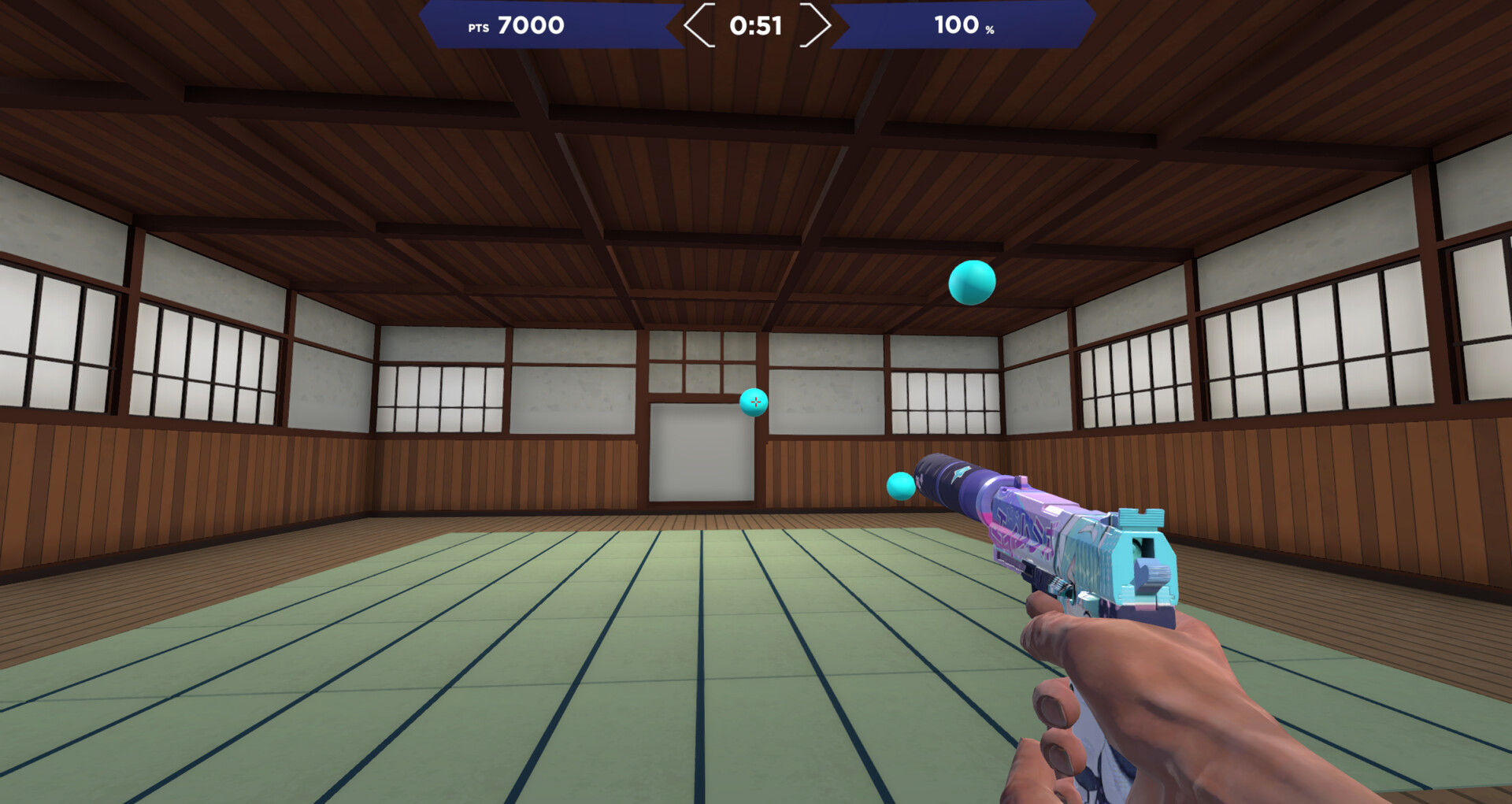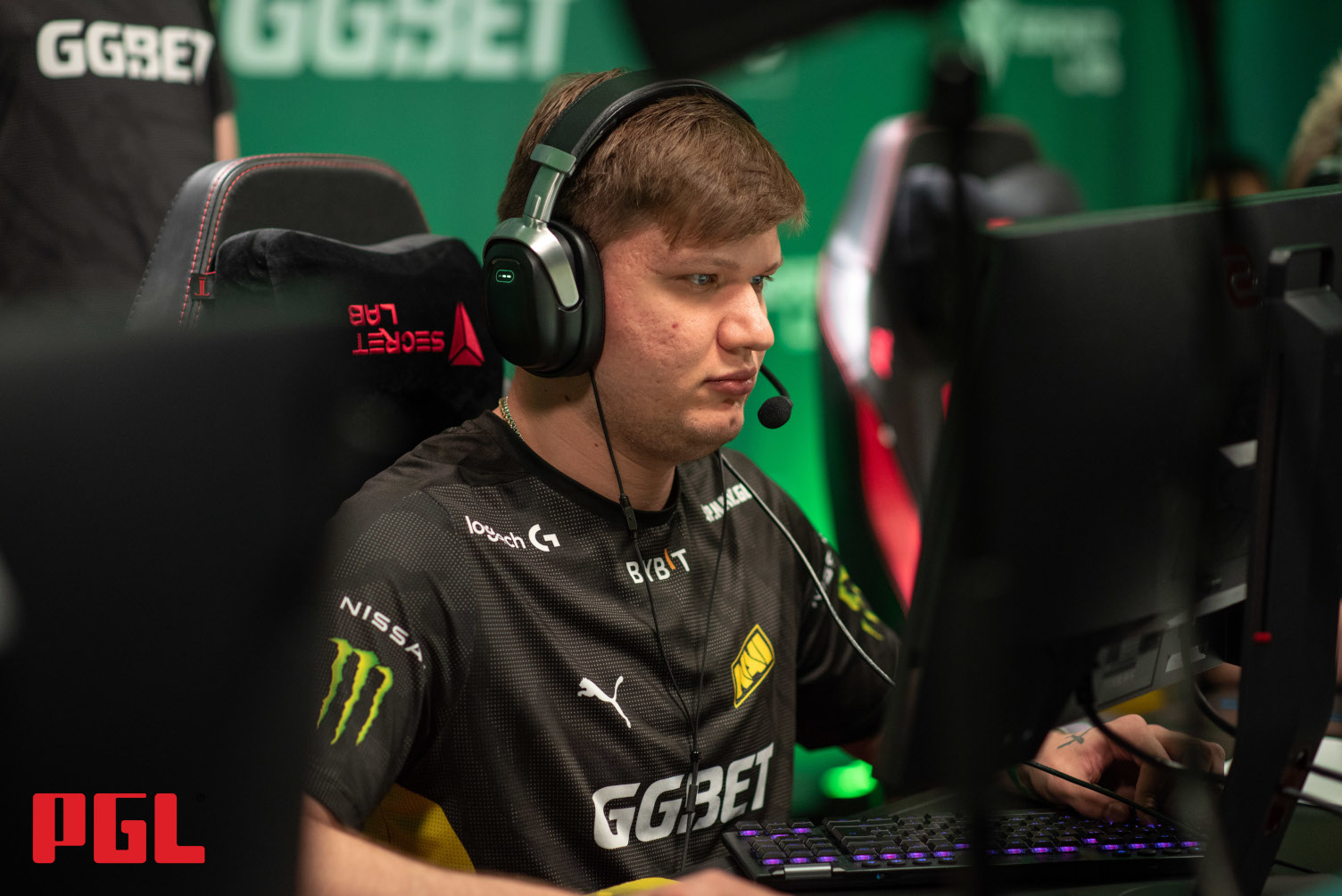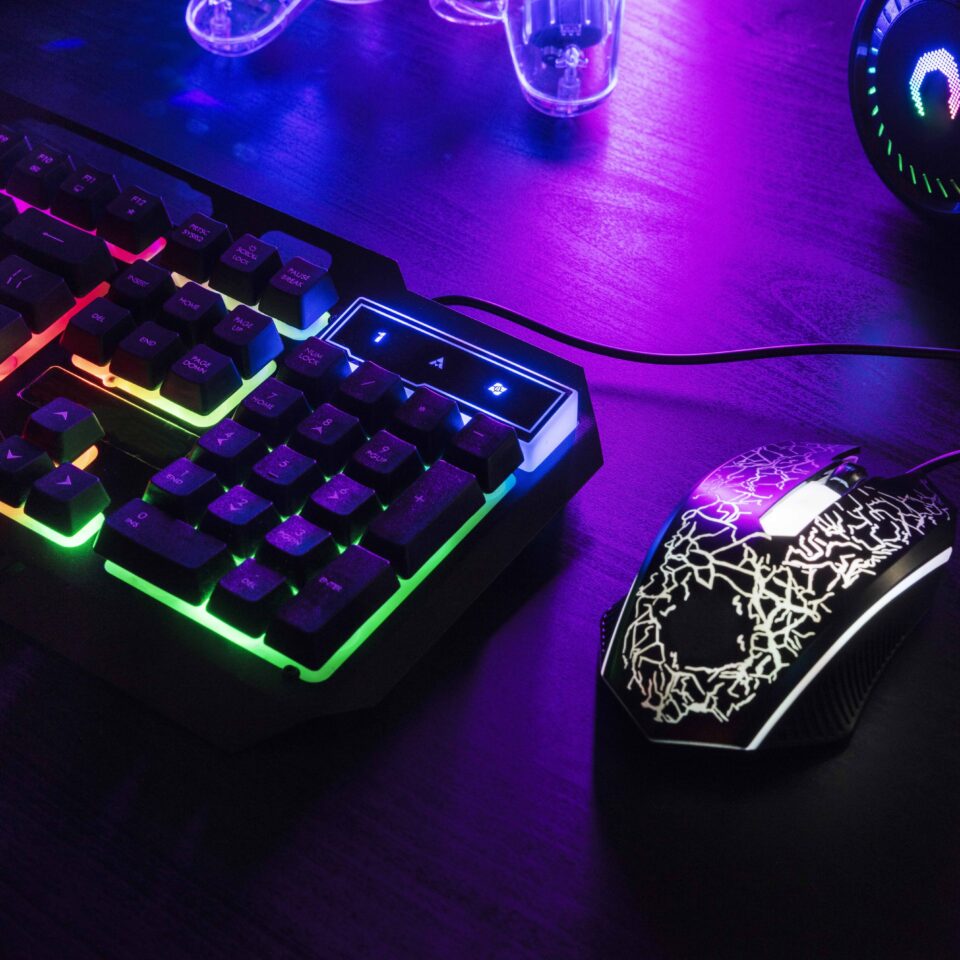Fine-tuning your own mouse settings can be the difference between a headshot and a miss.
In the world of PC gaming, there’s a lot of talk about finding your own mouse DPI and sensitivity for First-Person Shooters. Understandable considering that using your mouse is the primary way you aim in those games.
Playing at your peak therefore means figuring out what mouse settings work for you. Here are a few tips to help you fine-tune these to help you play better.
The Measurements
So what is DPI? Simply put, it stands for “Dots Per Inch” and is a unit of measurement. It counts the number of pixels your cursor moves on your screen per inch of physical movement of the mouse. Modern mouses have DPI settings with set values from 400 to as high as 6400, making it easy for you to pick one you like. Obviously, the lower the value the slower the cursor moves across the screen and vice versa.
Sensitivity refers to the responsiveness of the mouse and this can be a little harder to track. The difference in mouse movement is much more stark between different DPIs but with sensitivity, it really comes down to the feel of it. In general, you want a higher sensitivity with a lower DPI (and vice versa) for your mouse settings.

There’s also a third measurement that’s not as well known but just as important for honing your aim. It’s called cm/360 and it refers to the length of physical horizontal mouse movement it takes for your character to do a full circle turn in-game. It’s important to know this value as knowing your cm/360 is how you get consistency across different FPS games. Think of it as the speed of mouse movement that you’re most comfortable with when it comes to aiming.
The Rule of Thumb
Many high-level and professional FPS players set their mouse DPI and sensitivity settings to reach a cm/360 value of roughly 34 cm or greater.
Now you may think this is absurd as you’re practically swinging your entire arm around your desk to aim properly. Yet many pros swear by this measure as the best way to achieve both precision and accuracy in-game.

How you get to that value really depends on the game and your preference. Different FPS games have their own quirks and behaviors but your mouse and cm/360 should always be the same. Don’t forget the interplay between DPI and sensitivity when you’re trying to find that sweet spot.
Getting Comfortable
Of course, these are not hard rules that you need to adhere to in order to play better. Ultimately, you need to find settings that work for you and your situation.
Maybe you don’t have the deskspace that allows you to the 34 cm/360 value, forcing you to play at a lower range. That’s totally fine. And if you feel that going beyond 34 cm works better for you then by all means go for it.

At the end of the day, finding your mouse DPI and sensitivity is all about finding what’s optimal for you. With the correct settings and practice, you’ll find your aim improving in no time.
Banner image from Freepik.
Related Stories:
Which Keyboard and Mouse Position is Best for You?
4 Esports Injuries Every Gamer Should Know About
Esports and the Danger of Burnout
